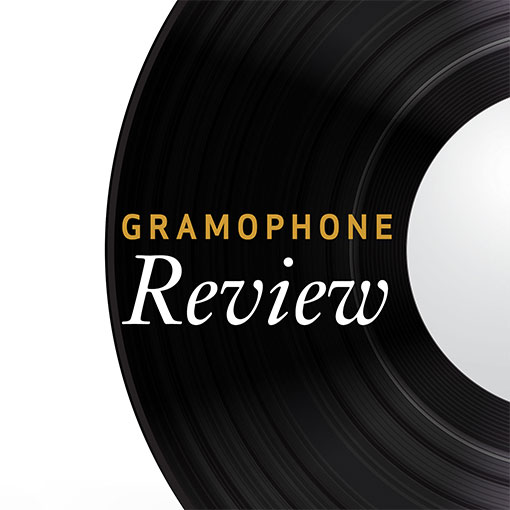Hamerik (The) Symphonies
The complete symphonic output of a long-forgotten Danish master
View record and artist detailsRecord and Artist Details
Label: Da Capo
Magazine Review Date: 2/2010
Media Format: Hybrid SACD
Media Runtime: 0
Catalogue Number: 6200002

Author: Guy Rickards
Hamerik was an experienced composer of operas and orchestral works when he came to write his First Symphony (see Knud Ketting’s notes for the curiosities over its completion date). Attractive but structurally naive in places, a lesson not learnt in its successor, the still conservative Third (1883-84) is more imaginative in this respect though there seems little difference expressively between the First’s Poétique and Third’s Lyrique; the Second (1882-83) is more dramatique than Tragique. With No 4 (1888-89), dedicated to King Christian IX of Denmark, his style deepened into the “grand manner” that Havergal Brian noted in Musical Opinion in 1936 (reprinted in Brian on Music, Vol 2 – see page 102). It is not hard to see why this was his most popular symphony in Denmark.
Titling his Fifth (1889-91) Symphonie sérieuse brings inevitable comparisons with Berwald, not to Hamerik’s benefit. The Sixth for strings alone, however, is an unqualified masterpiece, exalted and dignified in tone, a delight to play and listen to – no wonder Boyd Neel recorded it with his orchestra in 1946. The luminous Choral Seventh (1906) dates from after his return to Denmark setting a text he and his wife created on “Life, Death and Immortality” and proves a fitting culmination to the cycle. Dausgaard conducts with all the verve we expect from him, relishing the combination of late-Romantic lyricism and Berliozian instrumental dash. Hamerik may not have been ultimately of the front rank and was in time eclipsed by Nielsen and Holmboe, but his art was a fine addition to European culture. Top-notch sound from Dacapo makes this a highly enjoyable set.
Discover the world's largest classical music catalogue with Presto Music.

Gramophone Digital Club
- Digital Edition
- Digital Archive
- Reviews Database
- Full website access
From £8.75 / month
Subscribe
Gramophone Full Club
- Print Edition
- Digital Edition
- Digital Archive
- Reviews Database
- Full website access
From £11.00 / month
Subscribe
If you are a library, university or other organisation that would be interested in an institutional subscription to Gramophone please click here for further information.





